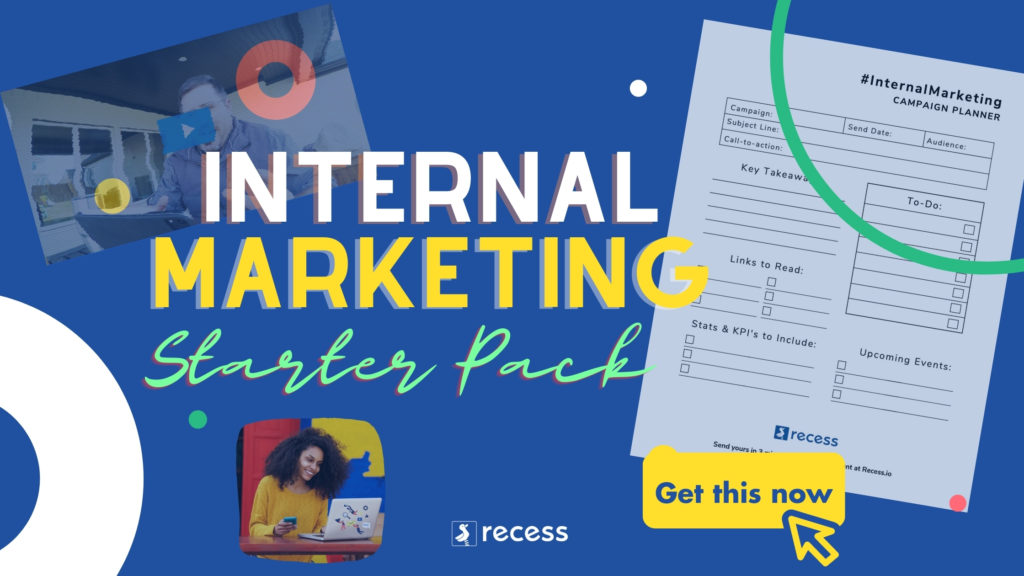Most work email is really, really, really bad. Is yours?
It’s funny how much communication in between parties at a company doesn’t need to happen. I’m not advocating for lack of communication, but rather more affective communication. Most intra-company email is focused on clarifying a poorly written original email.
If you are looking to meet to communicate with a coworker, a direct report, or someone you report to; you’re going to need to make sure you do it right.
Here’s a helpful guide you can print out and use as a rubric to make sure your emails aren’t really, really, really bad.
- Know what you want. Don’t start writing an email without knowing the precise outcome you are looking for. You may want people to follow a new process. You may be asking for access to a system. You may want to make sure your team knows about a product launch. In all these cases, there is a specific ask you are making of the recipient. What is it?
- Get to the point. Declare your desired outcome in the subject line in 7 words or less. e.g. Important Dates for the Product Launch
- Restate your purpose (a lot). The first sentence should expand on the ask that you are making in the subject line. e.g. Print or save this email to make sure we are all on the same page about the dates of the product launch.
- Explain why it’s important that they pay attention or care. e.g. This will require cross-functional teams to work together, and you should look at how each date affects your schedule so there are no surprises. A successful launch requires getting all our duck in a row. We need a successful launch to hit our goals this quarter.
- Share due dates. Check to make sure you’ve included any expectations that need to be met by a certain time.
- Don’t make people hunt for context. Attach or include links to relevant materials. These are preferably living documents that are always up to date. Attachments can create multiple versions of things and slow things down.
- Use lists, bold, and italic sparingly. If everything is bold, then it’s hard to know identify the most important takeaway(s).
- Restate your purpose (again). In most cases, you can just copy that first sentence and paste it here at the end. If it doesn’t work in both places, it may not be clear enough.
- The P.S. is a great place to reiterate the “why”. People scanning the email should be understand its importance from the P.S. alone.
With these nine rules, you can rest assured that your emails will drive action.
P.S. You should print this to make sure your emails aren’t really, really, really bad.




